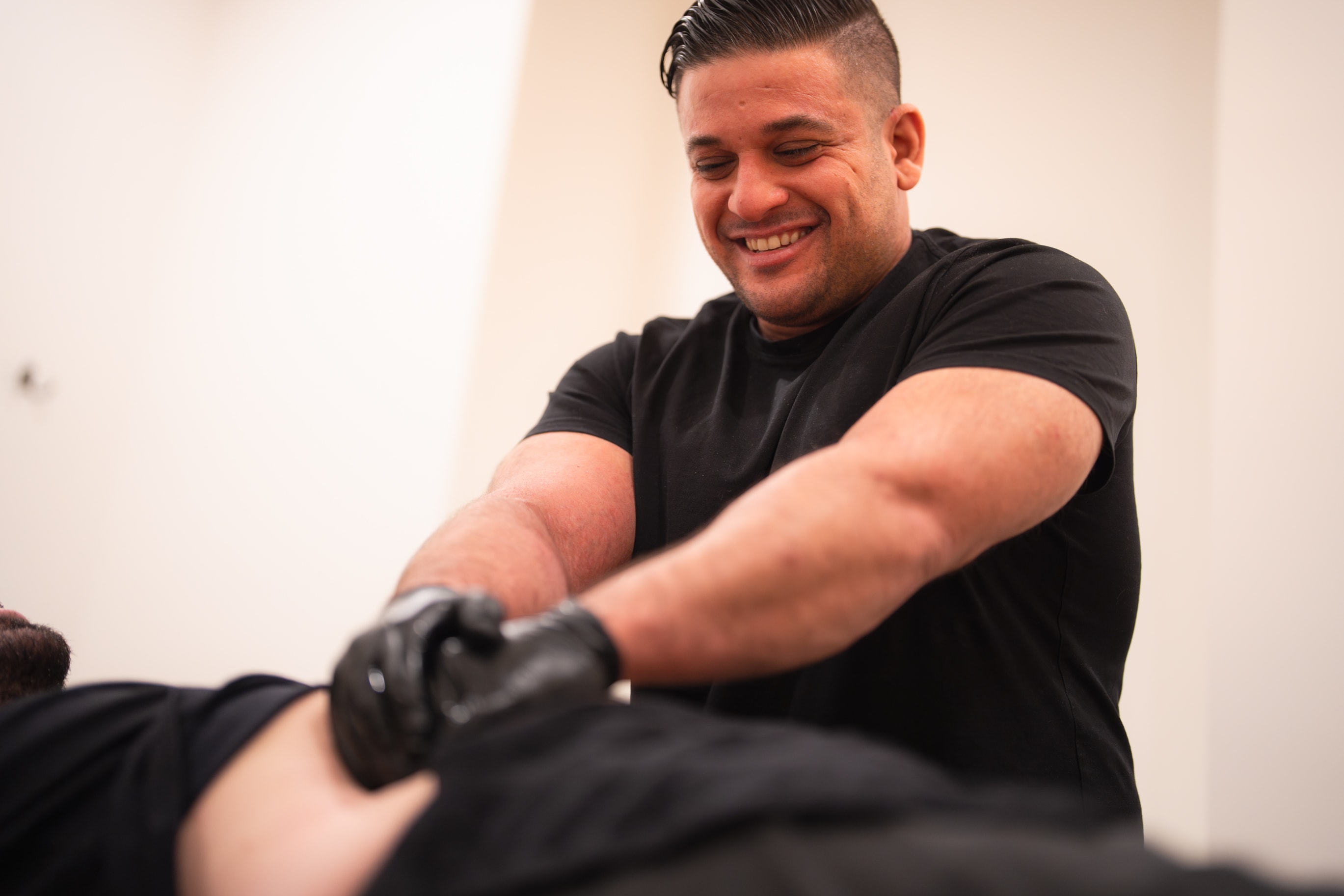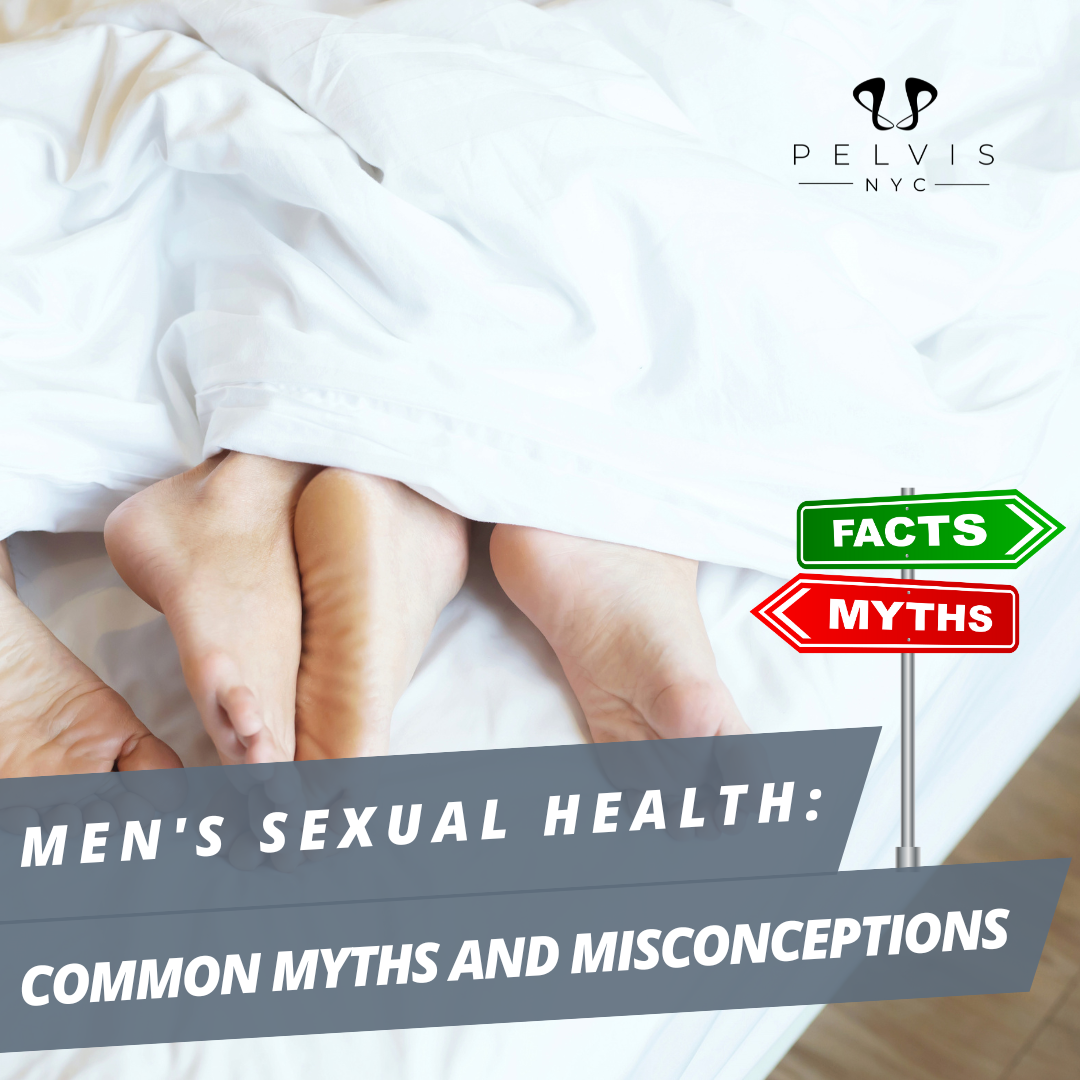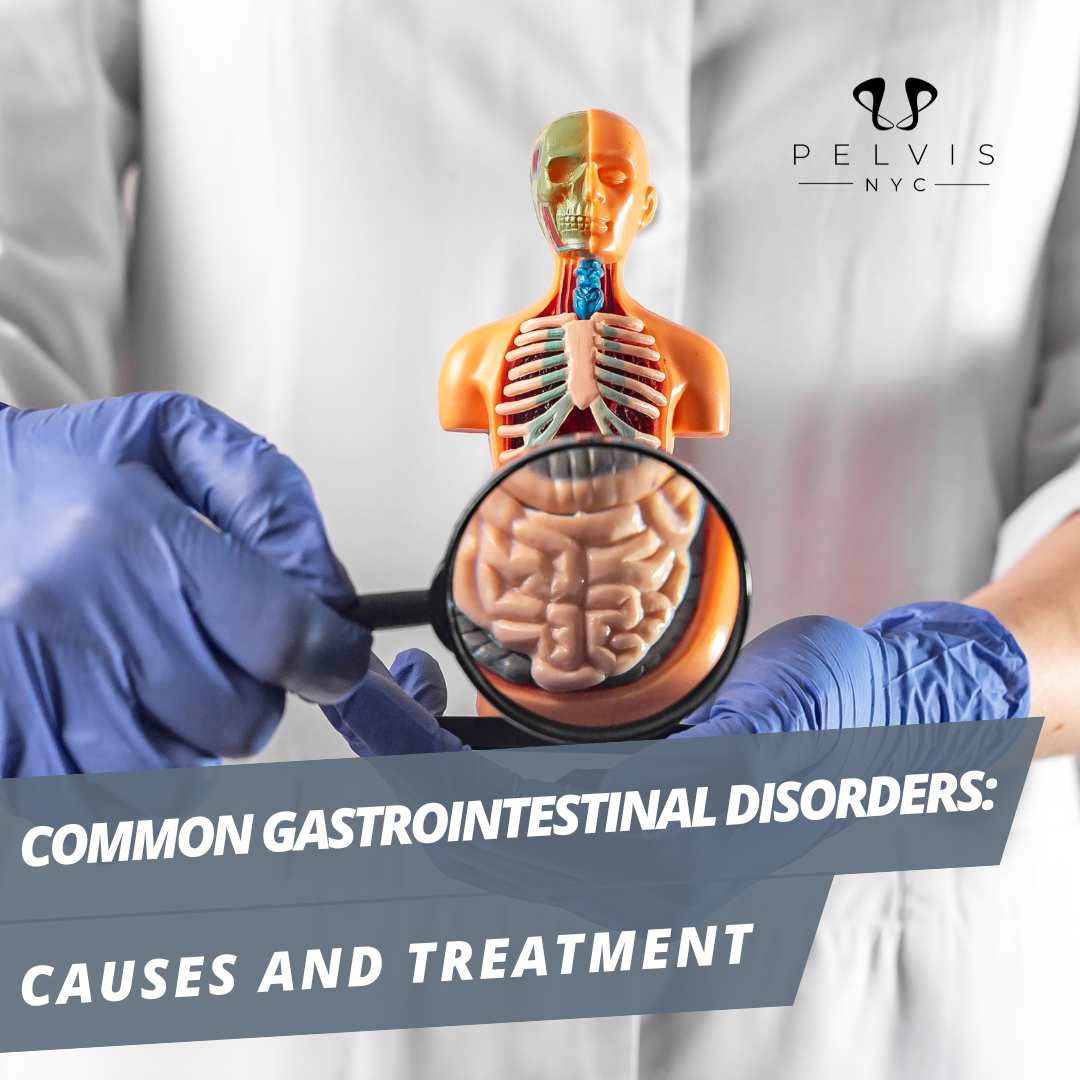Struggling with inconsistent erections or feeling like your performance isn’t what it used to be? You’re not alone—and the solution might be simpler than you think. The key to stronger, longer-lasting erections often starts with one vital thing: blood flow.
In this guide, we’ll break down the best natural exercises, proven tips, and expert-backed strategies to increase blood flow to the penis and boost your sexual confidence—without pills or side effects. Whether you’re looking to enhance intimacy or reclaim control of your body, these practical steps can make a real difference.
What Is Erectile Function?
Erectile function is the body’s complex, finely tuned process that allows a man to achieve and maintain an erection firm enough for sexual activity. It’s not just about arousal—it’s about communication between multiple body systems working in harmony:
- The brain and nervous system initiate and maintain arousal signals.
- The vascular system sends increased blood flow to the penis through dilated blood vessels.
- The pelvic floor muscles help trap blood in the penis, keeping the erection firm.
- Hormones, especially testosterone, regulate libido and stimulate the physical processes involved in erection.
When everything is aligned—blood is flowing freely, nerves are firing properly, and muscles are engaged—the result is a responsive and reliable erection.
Erectile Dysfunction: Why Does It Affect Better Erections?
Erectile Dysfunction (ED) occurs when this delicate system is disrupted. It’s defined as the consistent or recurring inability to achieve or maintain an erection that’s sufficient for satisfactory sexual performance.
ED can manifest in various ways:
- Difficulty achieving an erection
- Erections that are not firm enough for penetration
- Erections that do not last long enough during intercourse
- Loss of erection during sexual activity
Why Blood Flow to the Penis Matters?
To understand how to improve blood flow for better erections, it’s essential first to grasp why blood flow plays a critical role in your sexual performance. Picture blood as the delivery system for oxygen and nutrients throughout your body, including your most intimate areas. When blood flows freely, it’s like a well-oiled machine – things work as they should. However, restricted blood flow and reduced blood flow can significantly impact erectile dysfunction by limiting the blood supply to the penis. Clogged arteries can lead to these issues, causing blockages that hinder proper circulation and affect erectile function.
Improving penile blood flow naturally is not only good for your sex life—it’s a powerful indicator of overall cardiovascular health.
Exercises to Increase Blood Flow to the Penis Naturally
Maintaining optimal blood flow to the penis is essential for achieving and sustaining erections. While medications are available, many men seek natural methods to improve circulation and enhance sexual performance. Incorporating specific exercises and lifestyle adjustments can make a significant difference. Pelvic exercises, such as Kegel exercises, play a crucial role in improving blood flow and overall pelvic health.
One effective exercise to enhance blood flow is the supine foot raise. This involves lying on the floor with knees bent, engaging the pelvic floor muscles, and lifting one foot to create a specific angle. Proper technique and consistency are key for optimal results.
1. Kegel Exercises
Kegel exercises target the pelvic floor muscles, particularly the bulbocavernosus and ischiocavernosus muscles, which play a crucial role in erectile function. Strengthening these muscles can lead to improved blood flow and better control during erections.
How to Perform Kegels:
- Identify the Right Muscles: To locate your pelvic floor muscles, try stopping urination midstream. The muscles you engage are the ones to target.
- Practice Contractions: Contract these muscles, hold for 3-5 seconds, then relax for the same duration.
- Repetitions: Aim for 10-15 repetitions per session, performing three sessions daily.
Regular practice can lead to noticeable improvements in erectile function over time.
2. Aerobic Exercises
Engaging in cardiovascular exercises enhances cardiovascular health, which directly impacts blood flow throughout the body, including the penis. Improved heart health ensures efficient blood circulation, essential for strong erections. These exercises help the heart pump blood more efficiently, leading to better overall blood flow.
Recommended Aerobic Activities:
- Brisk Walking or Jogging: Aim for 30 minutes daily.
- Swimming: A low-impact option that boosts heart rate.
- Cycling: Enhances leg strength and cardiovascular endurance.
Studies have shown that regular aerobic exercise can significantly improve erectile dysfunction symptoms.
3. Pelvic Floor Physical Therapy
Beyond Kegels, working with a pelvic floor physical therapist can provide personalized exercises and techniques to strengthen pelvic muscles, improve blood flow, and address any underlying issues contributing to erectile dysfunction.
Benefits of Pelvic Floor Therapy:
- Tailored exercise programs.
- Manual therapy techniques to release muscle tension.
- Education on posture and body mechanics.
Consulting a specialist can offer targeted strategies for enhancing sexual health.
4. Yoga and Stretching
Incorporating yoga and stretching routines can improve flexibility, reduce stress, and enhance blood circulation. Certain poses specifically target the pelvic region, promoting increased blood flow.
Effective Yoga Poses:
- Bridge Pose: Strengthens the pelvic floor and glutes.
- Cobra Pose: Opens up the chest and improves spinal flexibility.
- Seated Forward Bend: Stretches the lower back and hamstrings.
Regular practice can lead to improved overall well-being and sexual function.
Lifestyle Modifications for a Healthy Blood Flow
In addition to exercises, certain lifestyle changes can further enhance blood circulation:
- Limit Alcohol and Quit Smoking: Both can impair blood vessels and reduce blood flow. Excessive alcohol consumption can negatively impact blood circulation and sexual health.
- Stress Management: Practice relaxation techniques like meditation or deep breathing exercises. Managing stress is essential for improving sexual health and addressing erectile dysfunction.
- Mental Health: Psychological factors, such as stress and anxiety, can adversely affect erectile function. Consulting with mental health professionals can provide support and coping strategies.
- High Blood Pressure: High blood pressure is a significant risk factor for erectile dysfunction. Managing high blood pressure through lifestyle changes can improve blood flow and reduce the risk of erectile dysfunction.
These adjustments can synergistically work with exercises to improve erectile function.
Stress Management and Relaxation Techniques
Chronic stress and anxiety can negatively impact erectile function by restricting blood flow to the penis, making it essential to manage stress and promote relaxation. Deep breathing exercises, meditation, and yoga can help reduce stress and anxiety, promoting relaxation and improving blood flow to the penis. Additionally, engaging in regular exercise, such as aerobic exercises, can also help reduce stress and improve mood, further supporting erectile function. By incorporating stress management and relaxation techniques into their daily routine, men can reduce the negative impact of stress on their sexual health, promoting overall health and wellness.
Nutritional Supplements and Herbs
Certain supplements and herbs have been associated with improved blood flow:
- L-Arginine: An amino acid that may help expand blood vessels.
- Ginseng: Believed to enhance energy and improve circulation.
- Ginkgo Biloba: Thought to increase blood flow and improve sexual function.Healthline
Natural remedies, including these supplements and herbs, play a significant role in improving blood flow and overall sexual health.
It’s essential to consult with a healthcare provider before starting any new supplement regimen.
Lifestyle Changes for Improved Blood Circulation
Now, let’s get into the practical stuff – how to boost blood flow naturally. Think of it as leveling up your character in a game, but in this case, the game is your life:
- Exercise Regularly: Physical activity is like embarking on quests to strengthen your heart and blood vessels. Aerobic exercises, such as jogging, swimming, or brisk walking, can work wonders. They help keep your blood flowing smoothly and efficiently, promoting better blood flow. These exercises also support healthy blood flow, enhancing overall cardiovascular health and sexual function.
- Eat Heart-Healthy: Imagine food as power-up items for your character. Foods rich in fruits, vegetables, whole grains, and lean proteins can maintain the health of your blood vessels. Also, include items like berries, spinach, nuts, and salmon in your diet.
- Hydrate: Staying hydrated is like having a trusty health potion. It ensures that your blood maintains its fluidity, helping it circulate effectively. Aim to drink plenty of water throughout the day.
- Maintain a Healthy Weight: Think of this as optimizing your character’s gear. Shedding excess pounds can reduce the risk of blood flow issues. It’s not just about aesthetics; it’s about overall health.
- Address Underlying Health Conditions: It’s crucial to manage any underlying health conditions, such as heart disease or diabetes, as they can significantly impact blood flow and overall health. Consult with healthcare providers to ensure these conditions are well-managed.
The Role of Physical Therapy in Achieving Better Erection
Now, let’s delve into the benefits of physical therapy in improving erectile functions. Physical therapy isn’t just about healing injuries; it can be a game-changer in your quest for better erections. Here’s why:
- Targeted Exercises: A skilled physical therapist can guide you through exercises that specifically target the muscles and blood vessels involved in achieving and maintaining an erection. These exercises can enhance blood flow to your pelvic region, improving your sexual performance over time.

- Reducing Performance Anxiety: Physical therapy can help alleviate anxiety or tension that might be contributing to erectile issues. By teaching relaxation techniques and providing a supportive environment, a physical therapist can boost your confidence in the bedroom.
- Customized Treatment Plans: Everyone’s body is different, and what works for one person may not work for another. Physical therapists create personalized treatment plans tailored to your unique needs, ensuring that you get the most effective results.
- Non-Invasive Approach: Unlike medications or surgery, physical therapy offers a non-invasive and drug-free solution for improving erectile function. It’s a natural way to enhance blood flow and sexual performance.
Remember, gentlemen, it’s not just about better erections; it’s about your overall well-being. Improving blood flow and erectile function can positively impact your life in many ways. If you have concerns or want personalized advice, visit Pelvis NYC now!
Related blog: Latest Research and Breakthroughs in Erectile Dysfunction Treatment










